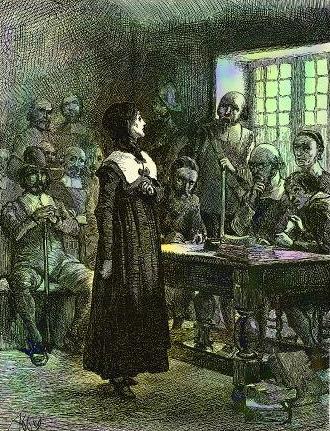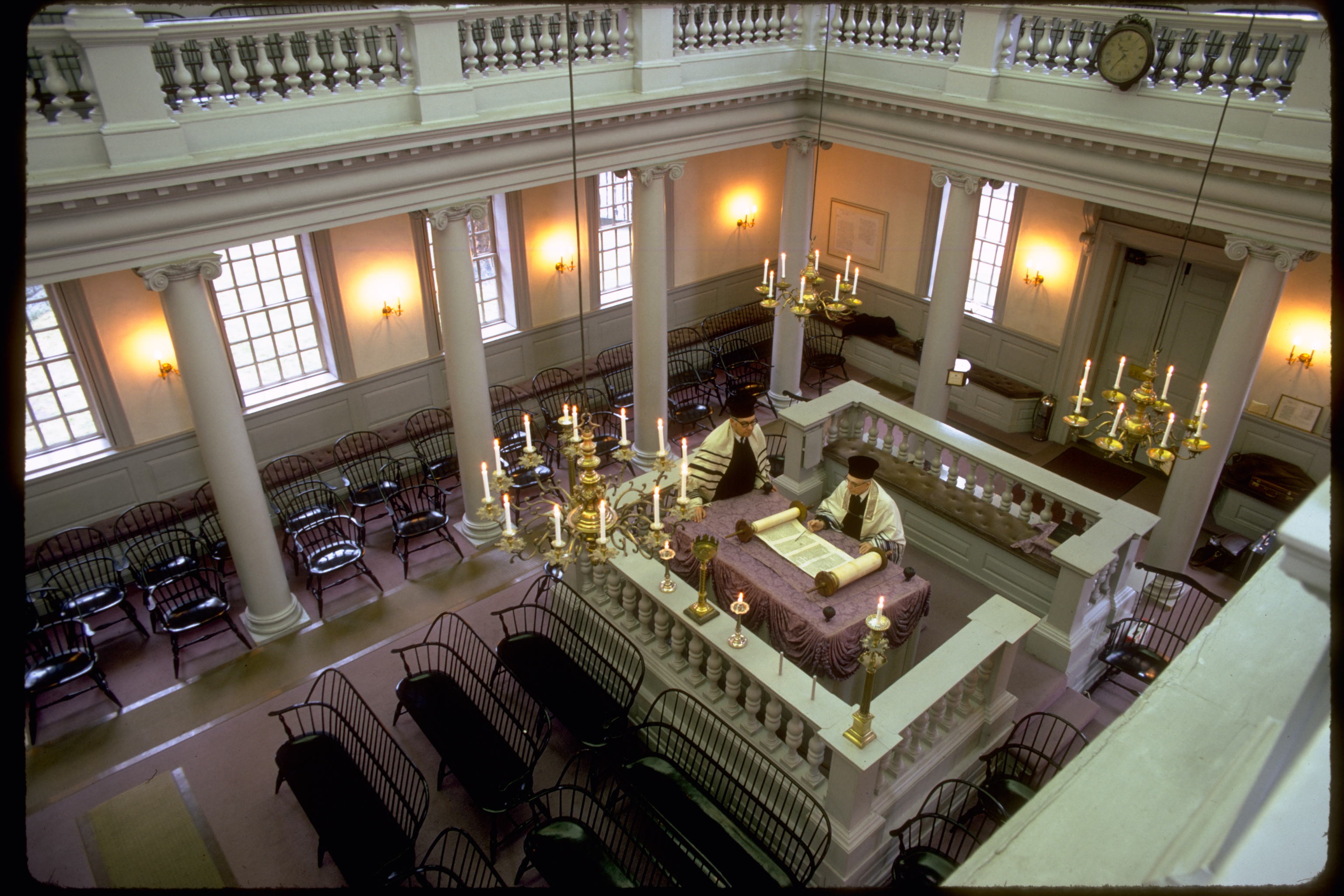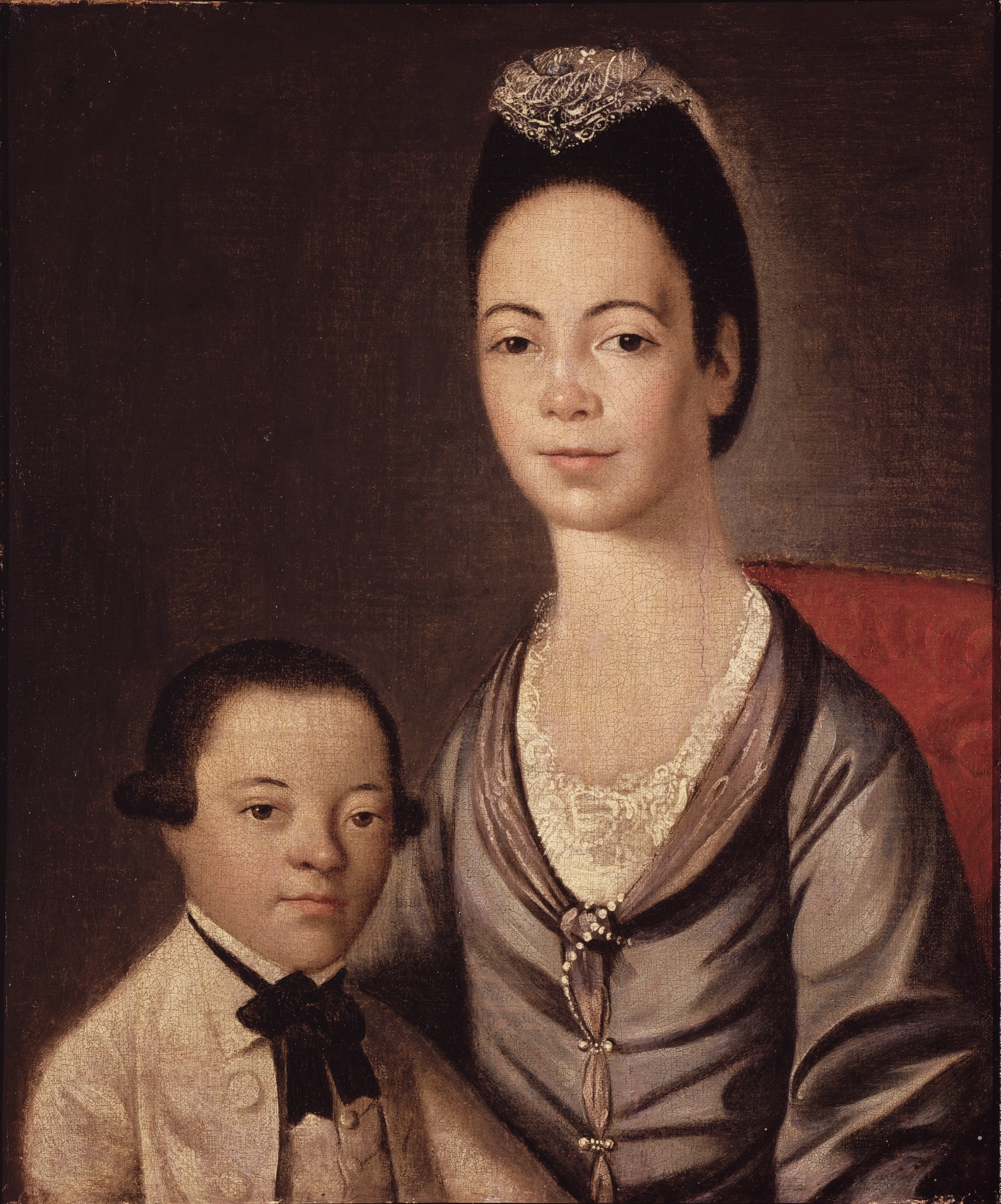|
Timeline Of Newport, Rhode Island
Timeline of Newport, Rhode Island. 17th century * 1639 - William Coddington settles. * 1643 - First Society of Friends established (approximate date). * 1644 ** Newport becomes part of the Colony of Rhode Island and Providence Plantations. ** Name changed from ''Aquidneck'' ** United Baptist Church founded. * 1647 - Friends' Burial Ground established. * 1654 - Thames Street laid out. * 1656 - Second Baptist Church established. * 1663 - Easton's windmill built. * 1673 - White Horse Tavern enlarged into a tavern. * 1675 - Clifton Burying Ground established. * 1677 ** Jewish Cemetery dedicated. ** Stone mill in operation (approximate date). * 1681 - Custom-house established. * 1690 - Town House built. * 1695 - First Congregational Church established. * 1697 - Mumford house (residence) built (approximate date). * 1699 - Great Friends Meeting House built. 18th century * 1703 - Fort built on Goat Island (approximate date). * 1705 - John Stevens stonecarving shop in business. * 1 ... [...More Info...] [...Related Items...] OR: [Wikipedia] [Google] [Baidu] |
William Coddington
William Coddington (c. 1601 – 1 November 1678) was an early magistrate of the Massachusetts Bay Colony and later of the Colony of Rhode Island and Providence Plantations. He served as the judge of Portsmouth and Newport, governor of Portsmouth and Newport, deputy governor of the four-town colony, and then governor of the entire colony. Coddington was born and raised in Lincolnshire, England. He accompanied the Winthrop Fleet on its voyage to New England in 1630, becoming an early leader in Boston. There he built the first brick house and became heavily involved in the local government as an assistant magistrate, treasurer, and deputy. Coddington was a member of the Boston church under the Reverend John Cotton, and was caught up in the events of the Antinomian Controversy from 1636 to 1638. The Reverend John Wheelwright and dissident minister Anne Hutchinson were banished from the Massachusetts colony, and many of their supporters were also compelled to leave. Coddington was not ... [...More Info...] [...Related Items...] OR: [Wikipedia] [Google] [Baidu] |
Clarke Street Meeting House
The Clarke Street Meeting House (also known as the Second Congregational Church Newport County or Central Baptist Church) is an historic former meeting house and Reformed Christian church building at 13-17 Clarke Street in Newport, Rhode Island. Built in 1735, the structure is listed on the National Register of Historic Places. History The meeting house was built in 1735 and served as a worship place for the Second Congregational Church, originally a Calvinist congregation. From 1755 to 1786, Ezra Stiles, a well-known minister who later became president of Yale University, pastored the church and lived in the Ezra Stiles House across the street. During the American Revolutionary War, British forces occupied the meeting house and minister's house for use as a barracks and hospital from 1776 to 1779. After the war, a committee of Second Church members, including William Ellery, Henry Marchant, Robert Stevens and William Channing wrote to John Adams in Europe requesting that he ... [...More Info...] [...Related Items...] OR: [Wikipedia] [Google] [Baidu] |
Impressment
Impressment, colloquially "the press" or the "press gang", is the taking of men into a military or naval force by compulsion, with or without notice. European navies of several nations used forced recruitment by various means. The large size of the British Royal Navy in the Age of Sail meant impressment was most commonly associated with Great Britain and Ireland. It was used by the Royal Navy in wartime, beginning in 1664 and during the 18th and early 19th centuries as a means of crewing warships, although legal sanction for the practice can be traced back to the time of Edward I of England. The Royal Navy impressed many merchant sailors, as well as some sailors from other, mostly European, nations. People liable to impressment were "eligible men of seafaring habits between the ages of 18 and 55 years". Non- seamen were sometimes impressed as well, though rarely. In addition to the Royal Navy's use of impressment, the British Army also experimented with impressment from 1778 to 1 ... [...More Info...] [...Related Items...] OR: [Wikipedia] [Google] [Baidu] |
HMS St John (1764)
HMS ''St John'' was a Royal Navy 6 gun schooner attacked by American colonists in Newport, Rhode Island in 1764. History Rhode Islanders were violently opposed to the passage of the Sugar Act in 1764, because the colony's main industry was producing rum from molasses. To collect the tax, the British sent several ships to New England, including . In 1764, crew members on another British ship, HMS ''St John'', had allegedly stolen goods from Newport merchants. Therefore, a group of Rhode Islanders took control of Fort George on Goat Island in Newport harbor and fired cannon shots at the British ship. The shots were one of the first open acts of rebellion against the British government in America. The Rhode Islanders were acting under orders from local officials, but they dispersed before HMS ''Squirrel'', a twenty-gun ship, arrived at the scene. ''St John'' successfully fled the harbor and played a part in moving gunpowder away from Nassau on 4 March 1776 following the amphibio ... [...More Info...] [...Related Items...] OR: [Wikipedia] [Google] [Baidu] |
Touro Synagogue
The Touro Synagogue or Congregation Jeshuat Israel ( he, קהל קדוש ישועת ישראל) is a synagogue built in 1763 in Newport, Rhode Island. It is the Oldest synagogues in the United States, oldest synagogue building still standing in the United States, the only surviving synagogue building in the U.S. dating to the Colonial America, colonial era, and the oldest surviving Judaism, Jewish synagogue building in North America. In 1946, it was declared a National Historic Sites (United States), National Historic Site. The first congregation was made up of Sephardic Jews, who are believed to have come via the West Indies, where they participated in the triangular trade along with Dutch and English settlements. They practiced a Spanish and Portuguese Jews, Spanish and Portuguese Jewish liturgy and ritual. In the late eighteenth century, when American Revolutionary War, warfare threatened, the congregation transferred the deed and Torah scrolls to Congregation Shearith Israel i ... [...More Info...] [...Related Items...] OR: [Wikipedia] [Google] [Baidu] |
Museum Of Newport History
The Museum of Newport History is a history museum in the Old Brick Market building in the heart of Newport, Rhode Island, United States. It is owned and operated by the Newport Historical Society at 127 Thames Street on Washington Square. The building, designed by noted 18th-century American architect Peter Harrison and built in the 1760s, is a National Historic Landmark. Description The Brick Market is a three-story brick structure with a low hip roof. Its ground floor has round-arch openings, which were historically open but have mostly been glassed over. The upper level bays are separated by large pilasters with Ionic capitals, with a dentillated cornice below the roof. The second floor windows are rectangular sash, topped by alternating gable and segmented-arch pediments. The third floor windows are square, with a simpler molded surround. The interior has been extensively altered over time, with little historic material surviving. History The Brick Market was designe ... [...More Info...] [...Related Items...] OR: [Wikipedia] [Google] [Baidu] |
Old American Company
The Old American Company was an American theatre company. It was the first fully professional theatre company to perform in North America. It also played a vital role in the theatre history of Jamaica. It was founded in 1752 and disbanded in 1805. It was known as the Hallam Company (1752–1758), the American Company (1758–1785) and the Old American Company (1785–1805). With a few temporary exceptions, the Company enjoyed a de facto monopoly of professional theatre in the United States until 1790. History Hallam Company The company was organised by William Hallam, former proprietor of the New Wells Theatre in London, and was led by his brother Lewis Hallam. Their company consisted of 12 adults and 3 children, drawn from English actors of "modest accomplishment". They arrived by the vessel ''Charming Sally'' at Yorktown, Virginia, on 2 June 1752, and made their early performances in nearby Williamsburg. Their first performance, ''The Merchant of Venice'', is generally cons ... [...More Info...] [...Related Items...] OR: [Wikipedia] [Google] [Baidu] |
John Tillinghast House
The John Tillinghast House is an historic colonial house in Newport, Rhode Island. It is a -story wood-frame structure, built in 1760 for John Tillinghast, a wealthy merchant. A high-quality example of academic Georgian architecture, the house was a (often temporary) home for a number of notable people during and after the American Revolutionary War. It was probably occupied by the Marquis de Chastellux, an engineer in the French Army while he was stationed in Newport, and by General Nathanael Greene, who hosted George Washington and the Marquis de Lafayette on a visit to Newport. From 1821 to 1824 it was home to William C. Gibbs while he was Governor of Rhode Island. The house was listed on the National Register of Historic Places on April 11, 1973. See also *National Register of Historic Places listings in Newport County, Rhode Island __NOTOC__ This is a list of the National Register of Historic Places listings in Newport County, Rhode Island. This is intended to be a co ... [...More Info...] [...Related Items...] OR: [Wikipedia] [Google] [Baidu] |
Francis Malbone House
The Francis Malbone House is a historic house at 392 Thames Street in Newport, Rhode Island. The house dates from 1760 and its design is attributed to Peter Harrison, a prominent architect of the period, responsible also for the Touro Synagogue and the Redwood Library, both important early Newport buildings. In 1975 the house was added to the National Register of Historic Places. History The building was constructed "in 1760 as a private residence for Colonel Francis Malbone (1728 - 1785), who made his fortune as a shipping merchant at a time when Newport Harbor was one of the busiest Harbors in the New World. He is believed to have smuggled merchandise into the house to avoid taxes. Subterranean passages found in the cellar have been traced to a subway leading to the pier where Colonel Malbone moored his fleet. This was a practice common in the Free Port of Newport, and one upon which many Newport fortunes were founded." [...More Info...] [...Related Items...] OR: [Wikipedia] [Google] [Baidu] |
Aaron Lopez
Aaron Lopez (1731–1782), born Duarte Lopez, was a merchant, slave trader, and philanthropist in colonial Rhode Island. Through his varied commercial ventures, he became the wealthiest person in Newport, Rhode Island. In 1761 and 1762, Lopez unsuccessfully sued the Rhode Island colonial government for citizenship. Early life Duarte Lopez was born in 1731 in Lisbon, Portugal. He belonged to a family of '' conversos'', Portuguese Jews who had converted to Catholicism, although the family continued to practice Judaism in secret. In 1750 Lopez married a woman named Anna, and within two years she gave birth to a daughter, Catherine. Anna died on May 14, 1762 at age 36. In the summer of 1763, Lopez took Sarah Rivera, the New York born daughter of Jacob Rodriguez Rivera, for a wife. Sarah, 16 years Aaron's junior, would bear him 10 children. Aaron's older brother José had left Portugal years earlier, began to openly practise Judaism, and changed his given name to Moses. Mose ... [...More Info...] [...Related Items...] OR: [Wikipedia] [Google] [Baidu] |
Beavertail Lighthouse
Beavertail Lighthouse was built in 1856 and is the premier lighthouse in Rhode Island, marking the entrance to Narragansett Bay. The lighthouse lies on the southernmost point of Conanicut Island in the town of Jamestown, Rhode Island in Beavertail State Park, on a site where beacons have stood since the early 18th century. The light provides navigation for boats and ships entering Narragansett Bay in the East Passage between Conanicut Island and Newport, Rhode Island on Aquidneck Island. Other lighthouses are visible from Beavertail Lighthouse, such as Castle Hill Lighthouse, Point Judith Light, and Rose Island Light. History Records of the town of Jamestown from 1712 make reference to a beacon, and they mention a watch house in 1705. A wooden tower was built in 1749 (attributed to architect Peter Harrison), and the light became the third lighthouse established in the Thirteen Colonies, known at the time as "Newport Light". A fire was lit at the top of the tower, as was co ... [...More Info...] [...Related Items...] OR: [Wikipedia] [Google] [Baidu] |
Redwood Library And Athenaeum
The Redwood Library and Athenaeum is a subscription library, museum, rare book repository and research center founded in 1747, and located at 50 Bellevue Avenue in Newport, Rhode Island. The building, designed by Peter Harrison and completed in March 1750, was the first purposely built library in the United States, and the oldest neo-Classical building in the country. It has been in continuous use since its opening. The building is part of the Kay Street–Catherine Street–Old Beach Road Historic District, and was designated a National Historic Landmark in 1960. History 18th century The Company of the Redwood Library was established in 1747, in Newport, Rhode Island, by Abraham Redwood and 45 colonists with the goal of making written knowledge more widely available to the Newport community. The original section of the building was constructed between 1748 and 1750 by architect Peter Harrison. Only the Library Company of Philadelphia is older, founded in 1731 by Benja ... [...More Info...] [...Related Items...] OR: [Wikipedia] [Google] [Baidu] |




_in_1888.jpg)

